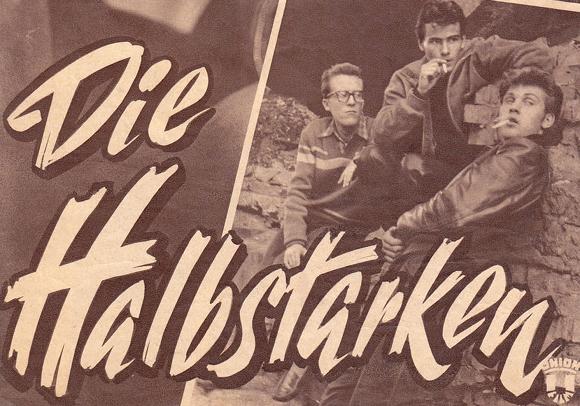The Other as the Self: Legibility of Body Language in Film and Americanisation of Europe
DOI:
https://doi.org/10.17892/app.2017.0005.92Keywords:
Walter Benjamin, Marcel Mauss, Marcel Carné, Marlon Brando, Marlen Khutsiev, USA, GDR, FRG, Soviet Union, Italy, France, film, gesture, body language, americanisation, techniques of the body, genre film, imitationAbstract
Film quickly developed not only into the first medium that preserved body language, gesticulation, and facial expressions, but, for the first time, it also modeled body images and influenced changes in viewers’ body language. As an apparatus which fixes movement – as observed by physiologists, psychologists, psychoanalysts, anthropologists, sociologists, ergonomists, and cultural philosophers – cinema enhanced and trained spectators’ imitative abilities in terms of motoric expression. After the Second World War, thanks to accelerating film circulation, a certain unification of body language rapidly spread in different European cinematographies. Germany had a unique position in this process. At this time, film was playing a prominent role in the American programme of “re-education of Germans to democracy”, developed by psychologists, anthropologists, and politicians. Hollywood was interested in making a profit, and the politicians pursued their ideological programme, which was based on Margaret Mead’s anthropological research and on the proposals of such psychiatrists as Richard Brickner. Although American entertainment films were not part of that particular programme, they, too, nonetheless, were teaching Germans the body language of democracy. These changes in body language and behaviour, which could be observed in the Italian, French, German, and Soviet media spheres of the early 1950s, were influenced by foreign media images and patterns – this was then called “Americanisation”. The result was a destabilisation of hierarchies, an increase in alternative lifestyles, new political parties, and new educational models.

Downloads
Published
How to Cite
Issue
Section
License
Copyright (c) 2017 Apparatus. Film, Media and Digital Cultures of Central and Eastern Europe

This work is licensed under a Creative Commons Attribution 4.0 International License.
The articles in Apparatus are published under https://creativecommons.org/licenses/by/4.0/ This license does not apply to the media referenced, which are subject to the individual rights owner's terms.
The authors hold the copyright without restrictions and retain publishing rights without restrictions.





